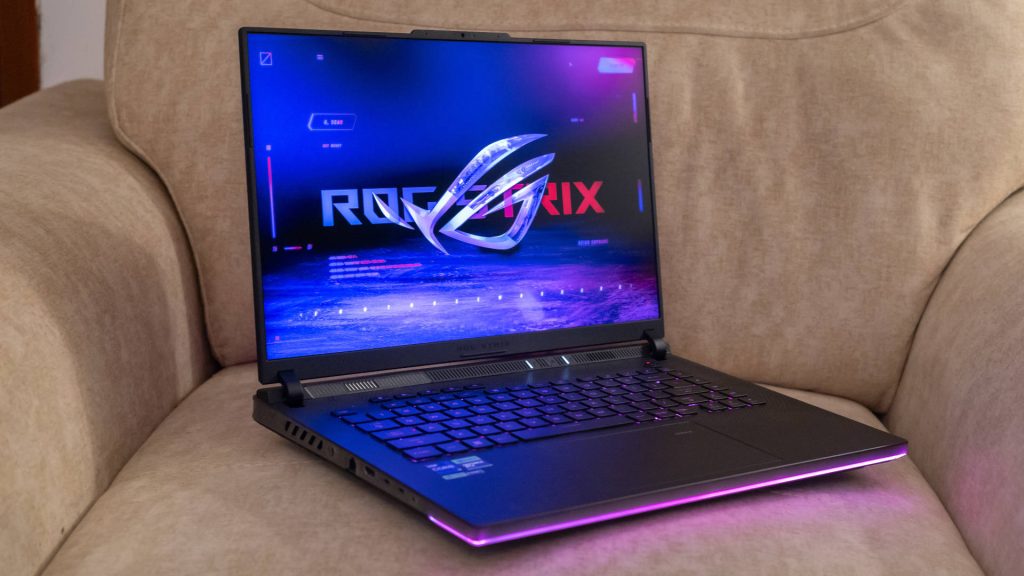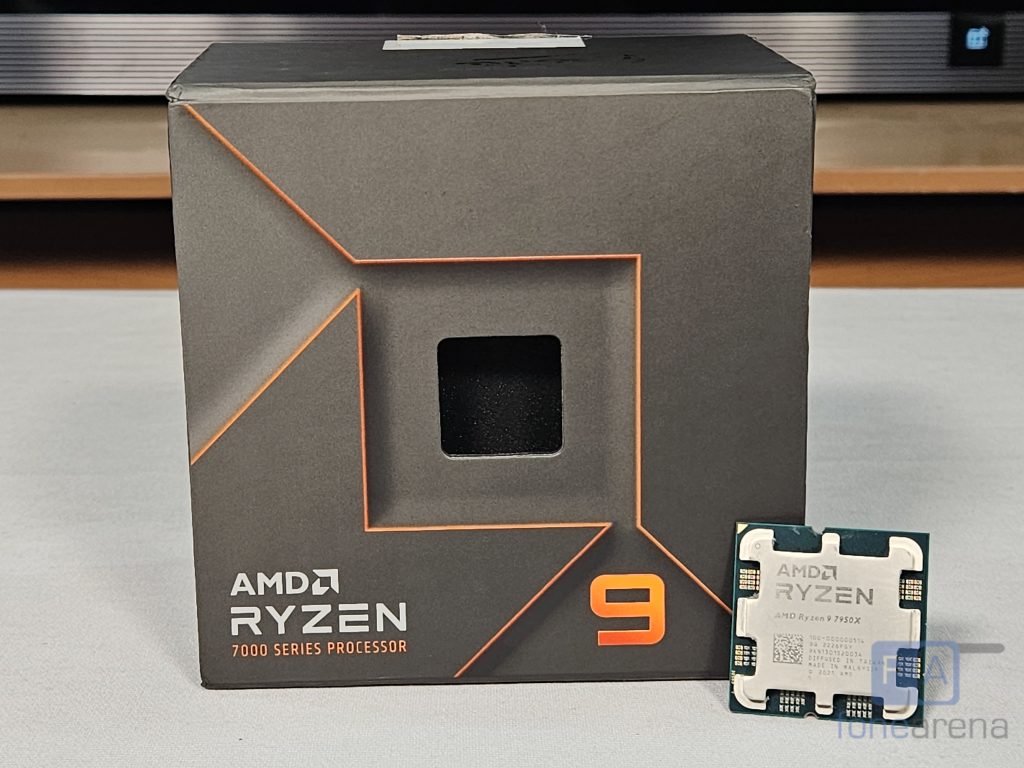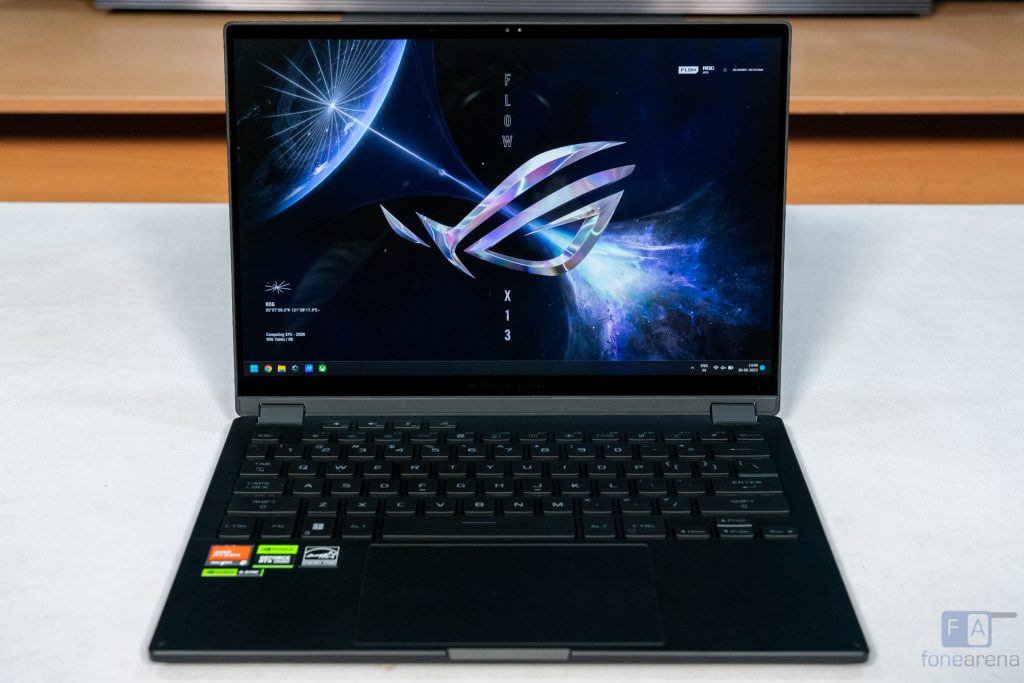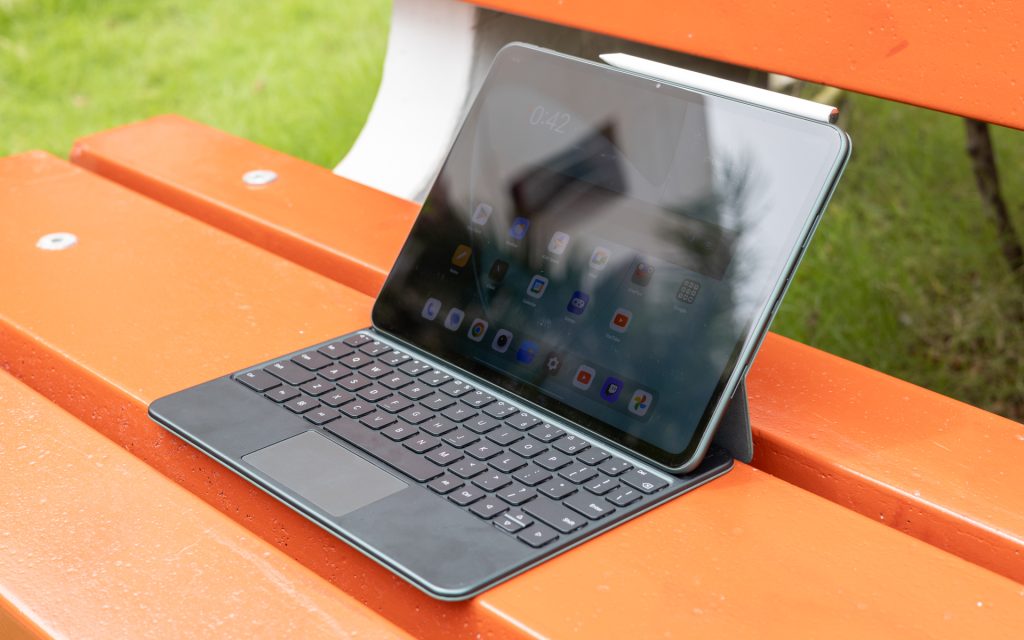
In the past, gaming laptops were known to be big, heavy devices that were difficult to carry around and got very hot during use. With the latest generations of CPUs and GPUs, it has become a lot easier for manufacturers to design a reasonably powerful gaming laptop while not sacrificing portability. The ASUS TUF A14 is one such example, powered by AMD’s latest Ryzen AI 9 HX series and NVIDIA’s GeForce 40-series GPUs, all packaged in a thin-and-light chassis. The TUF series of laptop’s aren’t as premium as the more expensive ROG laptops, so what compromises did they make for the latest TUF A14 and is it worth the price? Read on in my review to find out. Continue reading “ASUS TUF A14 (2024) review: Redefining thin-and-light gaming laptops”














